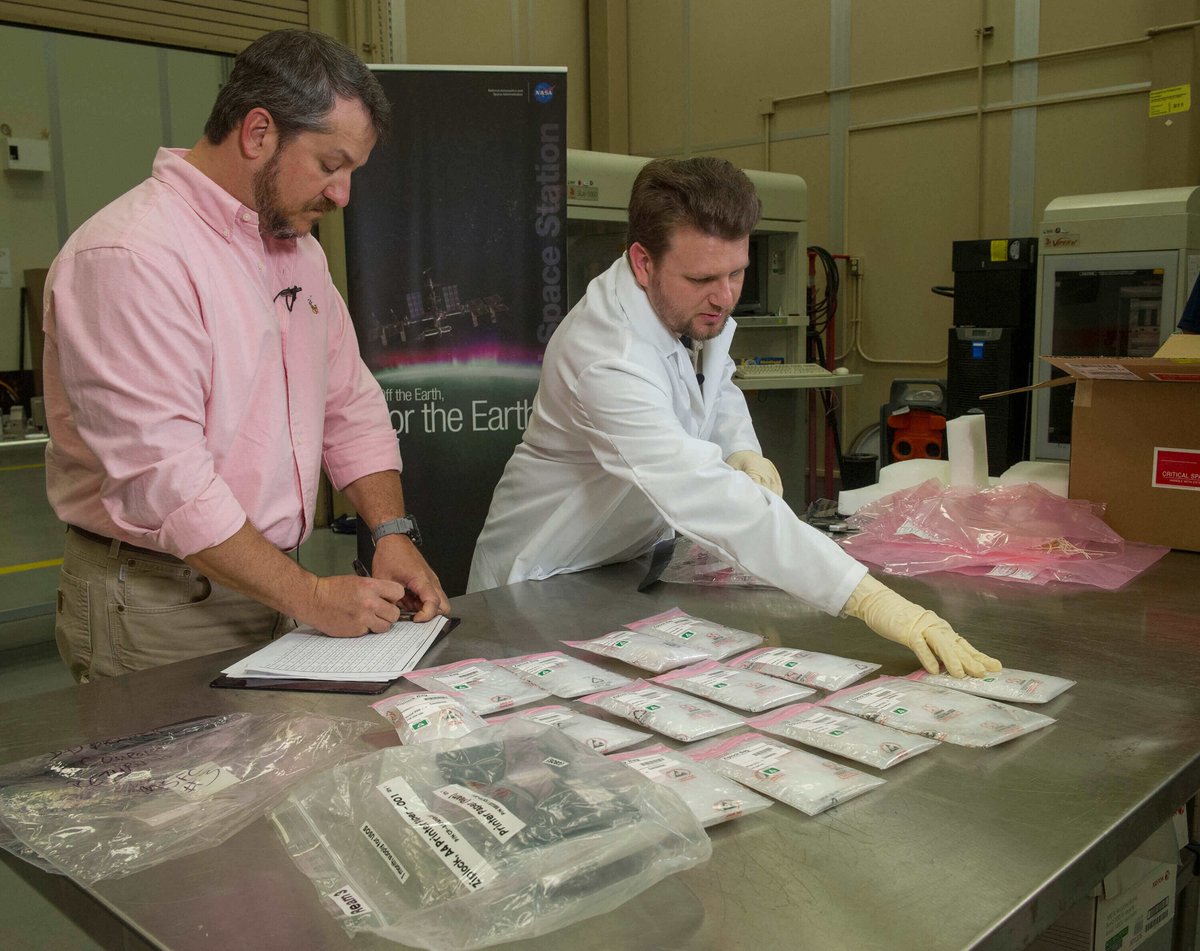Four months ago, NASA took the first steps towards establishing the viability of additive manufacturing (3D printing) in space. On April 6th, the first items to be manufactured in space with a 3D printer were unboxed at NASA’s Marshall Space Flight Center in Huntsville, Alabama, USA.
The test phase of the program began in November of 2014 when a Space X vehicle delivered the aptly named Zero-G Printer – built by Mountain View, California company Made In Space – to the International Space Station. The Made In Space printer was specially-designed and built from the ground up to solve the problems inherent in operating in a closed-loop, zero-gravity environment.
Before leaving the planet, the Zero-G Printer manufactured 21 items that would later serve as comparison objects for the parts printed on the space station. Once installed in the Microgravity Science Glovebox onboard the International Space Station, astronauts put the 3-D printer through its paces to manufacture those same 21 items. In producing those parts, the printer heated a low-temperature plastic filament to a semi-liquid state and then built the object, layer on top of layer, from digital designs onboard the machine.
Tools, 3D printed in zero gravity
Amongst the items manufactured were some unique pieces: a working ratchet wrench (the first usable tool printed in space), a part whose plans were “beamed” (emailed) from earth to the printer’s on-board computer, and a part with four cantilevers produced without any support structure.
Many of these parts, while having no real use at this point, will serve as “test coupons” that show what is possible for future parts manufactured in space. For example, the piece with the cantilevers printed without any support structure is useful for showing how much of an overhang is possible while still producing a quality geometrical part.

Back to earth for evaluation
The newly-printed parts were returned to Earth in February and then shipped to Marshall Space Flight Center for unpacking and the barrage of tests that will compare the space parts to those manufactured on Earth.
The items will be photographed and subjected to Structured Light Scanning. This process will scan the surface geometry of each part and compare those readings with the original Computer-Aided Design (CAD ) model from which it was printed. Other tests will include durability, strength, and structural tests on both sets of printed items. Both sets of objects will also be examined under an electron microscope to scan for minute differences in structure. Engineers are keen to find out if there is any difference in how the layers adhere to each other in micro-gravity versus normal gravity.
In the meantime, the 3D printer is still onboard the International Space Station. NASA is gearing up for phase two which will consist of more practical parts that astronauts could potentially use in future space missions.
According to Niki Werkheiser, In-Space Manufacturing Project Manager at NASA’s Marshall Space Flight Center, “the concept of being able to email your hardware to space rather than having to launch it is a real game-changer.” 3D printing in space – once fully realized – will address this concept as well as other major problems faced by astronauts and engineers since the inception of the human space-flight program. With the manufacture of these 3D printed parts, NASA has taken a large step into the future of space exploration.
License: The text of "3D printed parts return from space" by All3DP is licensed under a Creative Commons Attribution 4.0 International License.